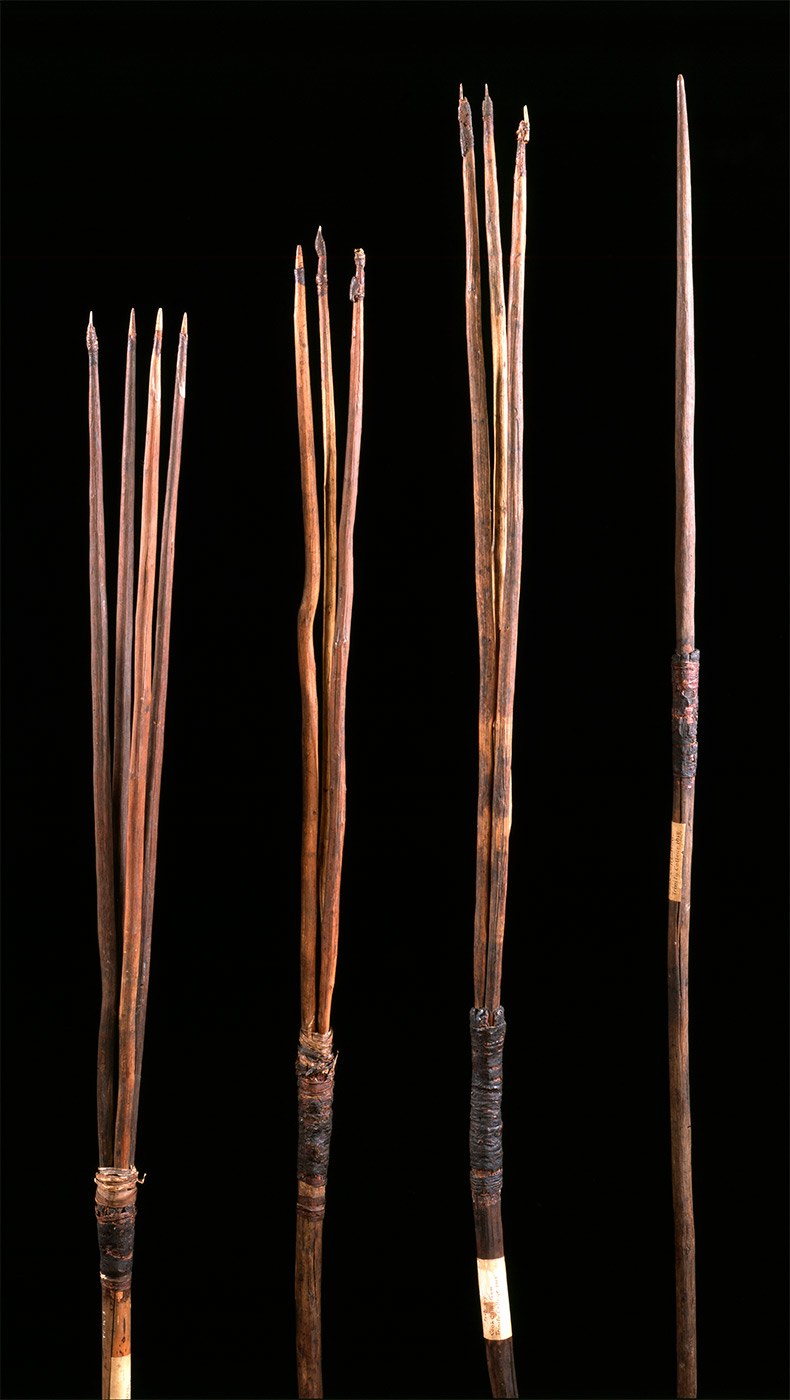The Palaszczuk Government has released the report prepared by the expert Bradfield Regional Assessment and Development panel, alongside the Government response to the report.
An expert panel, led by Professor Ross Garnaut, conducted a year-long study into the Bradfield Scheme and has concluded that such a scheme would not be feasible.
The expert panel also included former Queensland Farmers Federation CEO Dr Georgina Davis, and James Cook University Professor Allan Dale.
Minister for Water Glenn Butcher said the thorough investigation provided conclusive and sound explanations of why there are better options than the Bradfield scheme.
“All the research shows there is not enough consistent water to support the Bradfield scheme, which was proposed more than 80 years ago.
“The independent panel found that the scheme’s costs far exceed benefits, so they recommended exploring better options for using water to contribute to regional development.
“This is the first review of the Bradfield Scheme undertaken by any Queensland Government in almost 15 years and it is very comprehensive,” Mr Butcher said.
“The panel extensively investigated the Bradfield Scheme and explored the possibilities of other water grids, or ‘mini-Bradfield’ schemes, making eight recommendations in the detailed report.
“The Queensland Government has thoroughly considered the report and accepted, or accepted in principle, all recommendations.”
The findings in this assessment align with the report commissioned by the former Australian Government and prepared by the Commonwealth Scientific and Industrial Research Organisation (CSIRO).
CSIRO’s An assessment of contemporary variations of the Bradfield Scheme, concluded that the original Bradfield schemes and modern variants are not economically viable.
The expert panellists considered the project from a 21st century perspective, and also took into account factors such as climate change, impacts on the Great Barrier Reef, native title and Aboriginal and Torres Strait Islander peoples’ cultural connections.
The panel’s conclusion and recommendations centre on the finding that the Bradfield scheme, or similar concepts involving immense water storage in northern Queensland – with a view to moving water long distances south and west for irrigation, are not feasible and do not represent the best outcomes for communities using the state’s water resources.
Professor Garnaut said the panel engaged with a wide range of experts and stakeholders and drew on contemporary engineering, hydrology, water planning and other assessments, including studies by the CSIRO and the Centre of Policy Studies at Victoria University.
It considered the Bradfield Scheme proposal and subsequent proposals to divert northern Queensland rivers inland from the Wet Tropics and Burdekin to create vast irrigation tracts in the outback and as far south as South Australia.
“The Panel concluded that the Bradfield Scheme and similar proposals fall at the first hurdle: there is not enough water available on a consistent basis to support them, while doing all of the other valuable things that water does in the relevant catchments,” Prof Garnaut said.
“The idea of using the immense water resources of northern and central Queensland to promote regional development is sound.
“In today’s circumstances, using the water productively, closer to where it falls, will make a far bigger and more valuable contribution to regional development.”
The Queensland Government continues to invest in opportunities where Queensland has a competitive advantage.
“The Queensland Government remains focused on providing water security for all Queenslanders and maximising the use of water closer to where it is located through investigating the feasibility of four regional water grids and effective local use of water resources,” Minister Butcher said.
“The state is now getting on with raising Burdekin Falls Dam and progressing Big Rocks Weir, which are two key projects that will improve water security for Queenslanders in our north-western regions.”
Investments in research, water infrastructure, pumped hydro-electric schemes and renewable hydrogen facilities are occurring throughout northern, central and western Queensland.
This approach is supported by the Australian Government and both governments are committed to a shared long-term growth plan for water infrastructure in north and central Queensland as well as the best local use of water in western Queensland.
Key initiatives include:
- Preparing to undertake a review of the Burdekin Water Plan
- Raising of Burdekin Falls Dam
- Committing to rebuilding Paradise Dam to its original Full Supply Level
- Releasing the draft Water Plan (Barron) for public consultation
- Undertaking regional water assessments in the Bundaberg and Burnett, Tablelands, and Southern and Darling Downs regions.
- Constructing Rookwood Weir
- Finalising the construction of the Mareeba–Dimbulah Water Supply Scheme Modernisation upgrades
- Committing to construct Big Rocks Weir, near Charters Towers, subject to pre-construction investigations
- Pipeline investigations including Burdekin to Townsville, Burdekin to Bowen and Fitzroy to Gladstone for agricultural, urban and industrial water needs
- Investing $81 million in the Great Artesian Basin Rehabilitation Program which has saved more than 214,000 megalitres throughout western Queensland
These initiatives, along with other investments by the Palaszczuk Labor Government, demonstrate the Queensland Government’s commitment to regional Queensland and the implementation of the recommendations of the expert panel.
The report delivered eight recommendations:
- There is no economic, environmental, social or cultural heritage case for immense storage of water in northern Queensland with a view to its movement over long distances west and south for irrigation. The Panel recommends against proceeding with any of the Bradfield-like proposals
- There is a strong case for planning and investing in the use of water closer to where it falls to accelerate regional development in central and northern Queensland, including in the Gulf of Carpentaria and Lake Eyre Basin areas
- Within this development framework, explore the feasibility of four regional water grids
- Explore and, where viable, build links between these regional water grids so a temporary abundance of water in one grid can be used to balance a temporary dearth in another
- Make available water work better within individual catchments in northern and central Queensland outside the regional water grids
- Increase public funding for research into the value of the use of water and land for carbon sequestration and biomass for industry
- Review all matters affecting pricing of inputs into, and the use of, infrastructure. This should ensure cost-reflective pricing emerges from competitive markets (including water, energy and ecosystem service markets) and encompassing other development inputs. The review particularly needs to examine opportunities for expanding innovation in the role of water markets.
- Move promptly to establish the proposed new approaches to water development planning. Delays will cause bottlenecks for infrastructure needed to build the WATER Development Zone and to deliver development for adjacent regions in central and northern Queensland.
The report, summary and Queensland Government response can be found at www.rdmw.qld.gov.au







